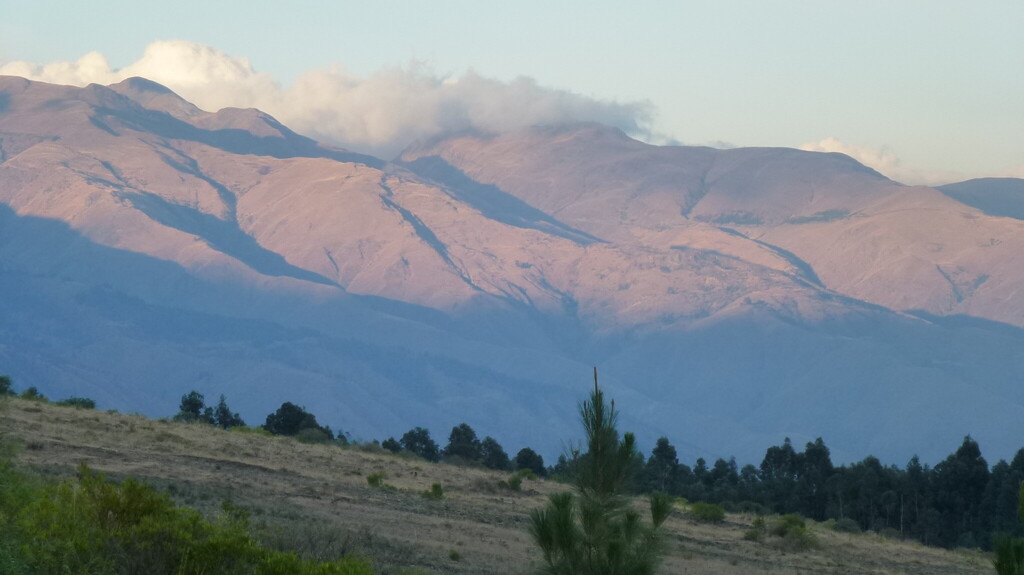A short break in paradise
I arrived in Bolivia on Friday and spent the weekend in Amboró National Park in the department of Santa Cruz. Our projects are often in such beautiful places, but so far I've only come to work. Why not discover nature for once? Someone gave me the tip about Refugio los Volcanos, a small finca located directly at the Amboró National Park. If you ever want to get close to paradise, you should go here. The landscape is breathtaking. The rainforest grows up the slopes of former volcanic vents, so that the many facets of the forest can be seen. The finca itself consists of a small house with six simple guest rooms, hammocks included, and a kitchen house a few hundred metres away. About 5 ha are grassland with occasional trees, then the rainforest begins. The great thing is: there are few insects, hardly any malaria, the grass invites you to walk barefoot, and ... there is no mobile phone reception! The beauty of nature is so wild and exuberant that I often just lay in the hammock marvelling, enjoying, dreaming. It is so worthwhile to preserve this beauty.
Amboró National Park is located exactly at the elbow of the Andes, where the mountain range suddenly turns northwest coming from the south. The park has 11 vegetation zones, as many as all of Costa Rica in total! From the warm, tropical lowland rainforest, to deserts with cacti, to the cloud forests of the highlands. One of the main migration routes for many South American species passes through this national park. It is home to 830 bird species, which is 10% of the world's known bird species, or 25% of South America's bird species, or 60% of all bird species found in Bolivia. It is well worth coming here.
Bloqueo
Unfortunately, there was a "Bloqueo", which is the way people in Bolivia express their political will or rather displeasure. They simply block roads, close restaurants, paralyse public life. Very effective to be heard by politicians. So I had to leave paradise a day earlier than planned and arrived in Cochabamba at 2500 above sea level. Maybe that was a good thing, because there is so much to talk about again. Here, too, there are people who want to preserve the beauty of nature and who are spreading the method of dynamic agroforestry with Naturefund. Since I know about dynamic agroforestry, I am relaxed when I see deforestation, because I now know that there is a very simple and efficient way to turn the trend of deforestation into reforestation - dynamic agroforestry.
I have to admit that I was not only lazing around in Paradise in Amboró National Park, but started to work on a comparison of permaculture, forest gardening and industrial agriculture versus dynamic agroforestry. Not finished yet, but as soon as the comparison is presentable, it will be published on our website in the coming weeks.
Start of work in Cochabamba
Today was a typical working day in the project. We met in the office of our partner Agrecol Andes. We talked about what had happened so far, where there were difficulties and where things were going well. What data we need to record to make clear how efficient the method is, e.g. the increase in the water storage capacity of the soils, the increased activity of soil organisms or even the increase in family incomes. We also realised that it is essential to develop a common system to record and share the data from the plots. Serafin, for example, writes everything down in a small book. If that gets lost, we will lose a treasure. And much more. Around 7pm we called it a day, knocked out, filled with ideas and a tight schedule for the next two weeks. This is what my days here usually look like when I'm not taking a short dip in paradise. See you soon and best regards from the Andes.

